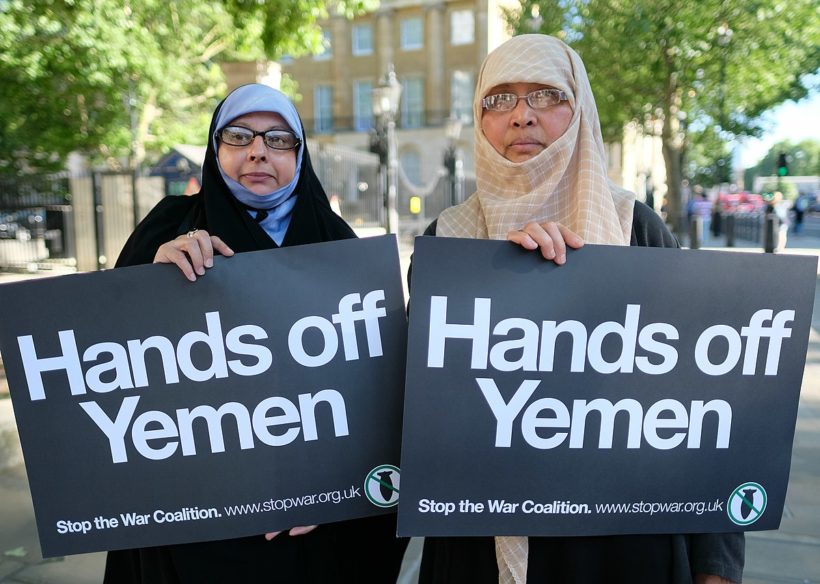The truce agreed in the Yemeni armed conflict between the Saudi-led coalition and the ruling Houthi forces is now entering its third week.
The UN-mediated cessation of hostilities, initially expected to last at least two months with the possibility of renewal, came into effect on Monday 4 April, coinciding with the start of the Muslim calendar month of Ramadan 1443.
UN special envoy Hans Grundberg, a Swede, told the UN Security Council on Thursday that this was a “light at the end of the tunnel” and the possibility of a lasting peace.
According to the UN news website, the mediator said there had been “encouraging signs” of a significant reduction in violence during this period.
“All Yemeni women, men and children, who have suffered immensely during more than seven years of war, expect nothing less than an end to this war. The parties must commit to nothing less,” Grundberg said as the truce was finalised.
For his part, UN Secretary-General Antonio Guterres said at the time that “the cessation of fighting, together with the entry of fuel ships and the easing of restrictions on the movement of people and goods in and out of the country, will help to build confidence and create an environment conducive to the resumption of negotiations for a peaceful resolution of the conflict”.
The background prior to the start of the war was the popular uprising in 2011, in the framework of the Arab Spring, against the dictator Ali Abdullah Saleh, who had ruled the country continuously for 30 years. After leaving the country for the United States in January 2012, he was succeeded by his vice president Abd Rabbuh Mansur Hadi, who had previously been Commander of the Yemeni Armed Forces.
Dissatisfied with the continuity of previous policies, and again in the context of massive popular protests, Shiite-rooted Houthi groups, in rebellion for a decade, seized the capital Sana’a, forcing Hadi to resign in January 2015, after which he sought refuge in Saudi Arabia. Thereafter, a Saudi-led coalition with arms support from the US, Britain and other Western nations launched a military offensive against Yemen, unleashing a new human tragedy.
The geopolitical background to the conflict is the intention of the Saudi monarchy and its Western allies to prevent Iran, the main supporter of the Houthi faction and one of the main allies of China and Russia, from having decisive influence over Yemeni territory in the south of the Arabian Peninsula, which has a strategic position on the Bab-El-Mandeb Strait, connecting the Gulf of Aden with the Red Sea.
This strait, some 115 km long, is one of the main shipping lanes for trade and oil supplies, as further north, through the Suez Canal, the Red Sea connects with the Mediterranean Sea, thus completing the connection between the coasts of Asia and Europe and North America.
Hence, on the other side of the strait, Djibouti, a nation of just under one million inhabitants and an area of just 23,200 square kilometres, is home to military bases of five different countries: France, the United States, Italy, Japan and China.
According to figures provided by the UN at the end of 2021, the victims of the conflict in Yemen already number 377,000 and could reach one million as a result of the severe humanitarian crisis that has ensued, which according to UNHCR affects more than 20 million people. More than four million have been forced to flee their homes and are now internally displaced, while tens of thousands have left the country. A UNICEF spokesperson further indicated that the conflict in Yemen has resulted in the deaths of more than ten thousand children.
There is no room for doubt: the only possible way forward is to transform the truce into a definitive peace agreement, which can only be consolidated with respect for diversity, a federative policy, emancipation from geopolitical pressures and a spirit of reconciliation among the Yemeni population, victims, as in other parts of the world, of the lust for strategic control of opposing powers.






